International organizations and experts predict a sharp slowdown in the global economy with a gradual recovery in the future. Thus, according to the forecasts of UN experts, in 2023 the world economic growth is projected at 1.9%, whereas last year it was 3%. Such weak growth is associated with the fight against inflation and the war between Russia and Ukraine, which negatively affects economic activity.
Despite these constraints, the development outlook looks less bleak and may represent a turning point when economic growth passes the low point and inflation declines. At the moment, global financial conditions have improved as inflationary pressures have begun to ease. Combined with the depreciation of the US dollar from its maximum value in November last year, this provided some improvement in the situation for emerging markets.
As for the forecasts of the World Bank (WB), the economic growth in Azerbaijan will be 2.8% this year, 1.1 percentage points higher than the forecast for the global economy, and 2.7 percentage points higher than in Europe and Central Asia (ECA). In addition, Azerbaijan is one of the four countries in terms of the dynamics of real GDP growth in the region of Europe and Central Asia in 2023.
The Asian Development Bank (ADB) has the same expectations regarding Azerbaijan's economic prospects for 2023, at the level of 2.8%.
Unlike the WB and ADB, the International Monetary Fund (IMF) and the European Bank for Reconstruction and Development (EBRD) are even more conservative in their expectations, and these organizations forecast GDP growth rates in Azerbaijan at 2.5% this year.
The Government of Azerbaijan predicts GDP growth at 2.7% in 2023 and at 4.1% in 2024
The picture at the beginning of 2023: with the country's GDP growing by 4.6% last year, there was a decline of 1.5% in January 2023. And this, in particular, is due to a 4.6% decline in oil and gas production, while the non-oil and gas sector grew by 1.7%.
Since Azerbaijan is a developing economy with a large oil and gas sector, which accounts for at least 50% of GDP and 90% of the country's exports, the decline in production in this area affects the overall GDP growth.
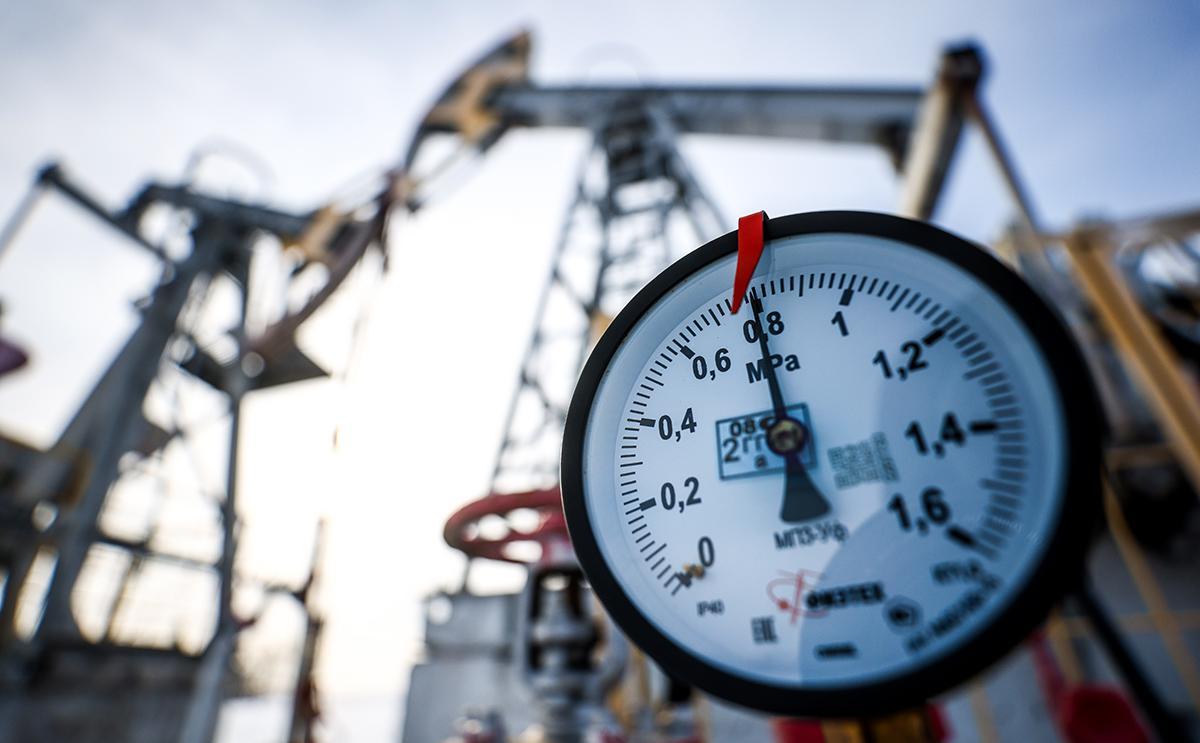
While Azerbaijan’s economic recovery in 2022 (4.6%) was due to non-energy sectors, the non-hydrocarbon part of the economy showed growth of 9.1% owing to services and production. Nevertheless, overall GDP growth was held back by limited oil production due to OPEC+ oil production quotas.
Given that investments in fixed assets increased by 61.2% in early 2023, including by 2.5 times in the non–oil and gas sector, we can expect a transition to a phase of steady GDP growth in the country with an increase in economic activity in the months ahead.
Inflation under control
Being a part of the world economy and located in the same economic region with Europe and Russia, Azerbaijan naturally still experiences powerful negative pressure from the outside. Consumer prices rose by 13.6% in January, against 12.5% in the same period last year.
The world has clearly begun to adapt to the post-pandemic period only now, so many countries, including Azerbaijan, see a sharp increase in prices. The Russian-Ukrainian war, which has led to a shortage of many goods, also has a great impact on global inflation.
The Central Bank of Azerbaijan predicts a slowdown in annual inflation to 8% in 2023 and it will continue to exert influence within the framework of monetary policy to this end. After a fourfold increase in the discount rate in 2022, in February 2023, the Central Bank raised the rate again – this time to 8.5%.
According to a survey of households conducted in Azerbaijan in December, the share of those who expect inflation to rise increased by 2 percentage points to 22%. This happens despite the fact that the annual inflation in Azerbaijan was 14.4% in 2022 due to the high level – 19% - of food inflation. At the same time, inflation peaked at 15.6% in September.
It’s common knowledge that the price increase in all directions was caused by many different factors — the war in Ukraine sent energy prices up, and disruptions in the supply chain affected the prices of other goods. In other words, high prices are caused by the low supply of goods and services and at the same time a high demand for them. By raising the rate, central banks make money borrowing more expensive for banks, and therefore for consumers and businesses.
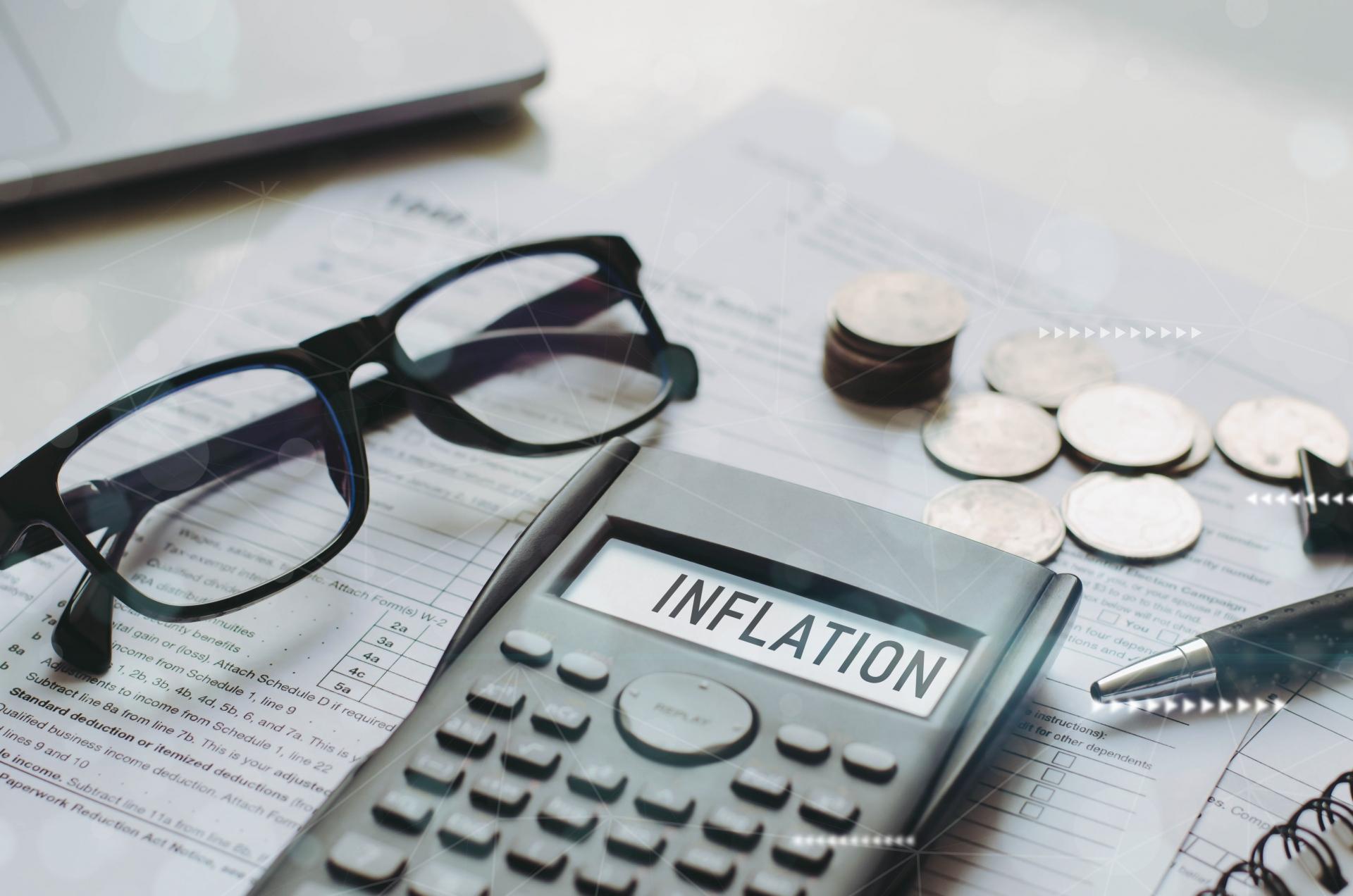
For consumers, higher interest rates mean that it is more experience to borrow a loan to buy expensive goods, such as houses, cars, furniture and large household appliances.
Another potential result of higher interest rates is that businesses may stop borrowing and investing, which means that consumers and businesses will start spending less and eventually reduce demand to a level commensurate with supply.
This means that an increase in interest rates helps to reduce the overall level of demand and, therefore, we can hope for a reduction in upward pressure on prices.
Against this background, it is noteworthy that the exchange rate of the country’s national currency has been held at a stable level - 1.7 manats to the dollar, since April 2017. This is while the pressure on the manat exchange rate against the dollar remains amid fluctuations in oil prices and the depreciation of national currencies of the countries that are the main trading partners of Azerbaijan.
Path towards sustainable development
Small and medium-sized businesses (SMEs) are assumed to contribute to creating favorable conditions for economic growth, stimulate competition and improve the quality of products and services by filling market niches and creating new services. This segment of entrepreneurship plays an important role in the diversification of the economy, expanding its capabilities and sustainability.
The share of the private sector in the GDP structure already exceeds 80% and micro, small and medium-sized businesses play a significant role in this. The country registered 153,197 micro-, 8,316 - small and 3,105 - medium-sized businesses in 2022, which makes 99.5% of all business entities registered in the country.
Amid the background of global changes in the past years, there has been an increase in prices for a number of imported agricultural products and, for the purpose of import substitution, entrepreneurs engaged in processing agricultural products have been granted tax benefits starting this year. According to the amendments to the Tax Code, food producers are exempt from tax on half of profits for a period of seven years, as well as property and land taxes.
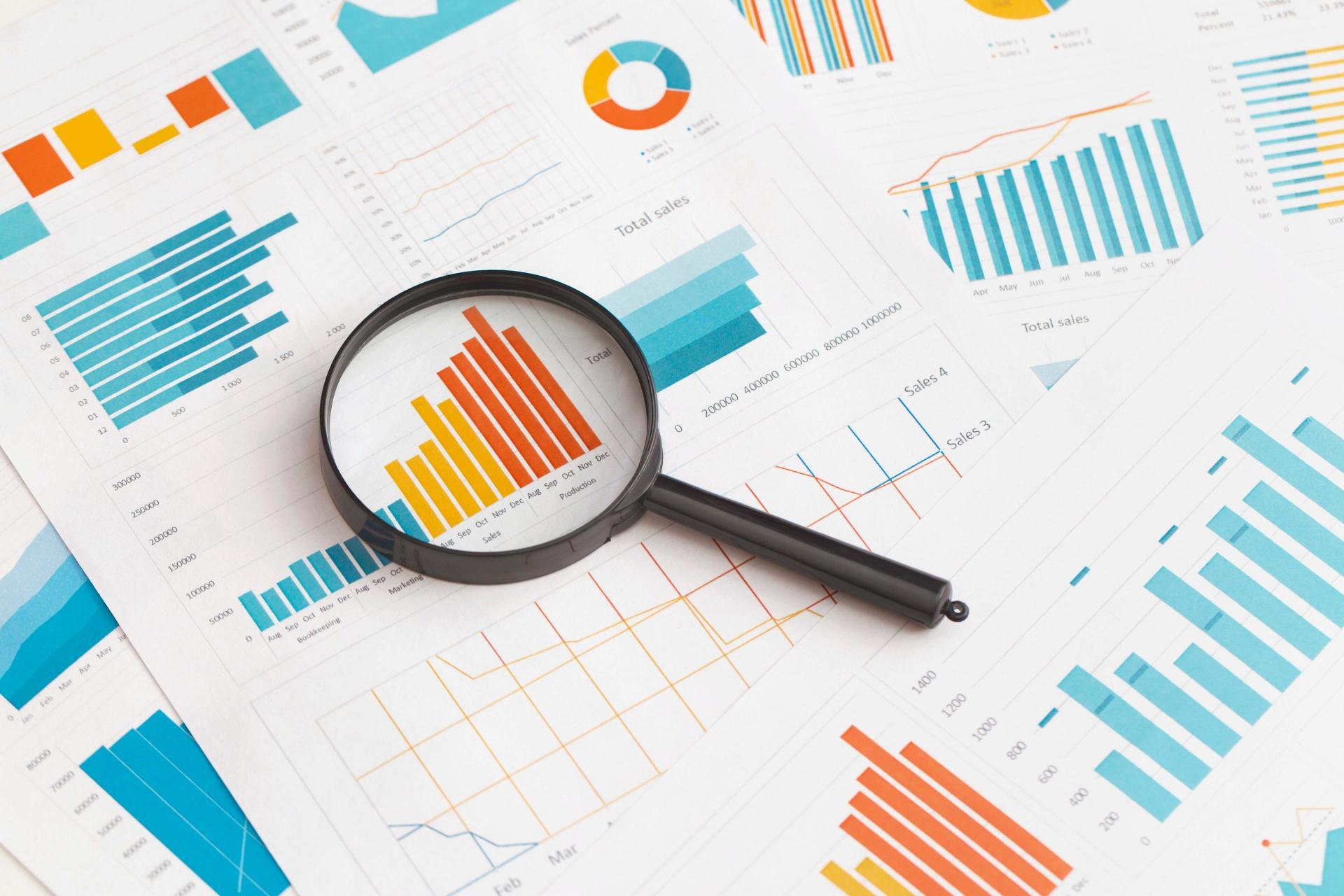
Entrepreneurs engaged in the production of goods already enjoy tax benefits in order to stimulate investment in local production. However, investment promotion is mainly aimed at start-up entrepreneurs, which most taxpayers are not attributed to. With this in mind, in order to ensure stability in the work of entrepreneurs operating in the agro-industrial sector and stimulate the implementation of their investment projects, they have been granted similar tax benefits. As a result, both new and existing enterprises received the same amount of tax benefits.
Legal entities and individuals working in the agricultural sector, in addition to income received from the production of agricultural products, get income from the sale of these products, and these incentives were not applied to them. In order to continue the incentive policy in the field of agriculture, individuals and legal entities were exempted from income tax. This term is one year for legal entities and indefinite for individuals.
All these measures will ensure employment and increase the share of self-sufficiency in food products, and consequently reduce the import of inflation into the country.
The Strategy of socio-economic development of Azerbaijan for 2022-2026 provides for an increase in the share of SMEs production to 35% of GDP in the country’s non-oil and gas sector, and in the employment sector this figure is planned to increase to 60%.
At the same time, representatives of micro and small businesses in the country face a number of challenges. Microbusiness is often a team of several people, and sometimes even one founder, who is not necessarily familiar with the nuances of legislation, accounting, marketing, etc., important for successful business. That is why the government is opening SME Development Centers in the republic. The centers support innovative entrepreneurship, startups and family businesses free of charge, promote and assist entrepreneurship among women, people with disabilities and youth.
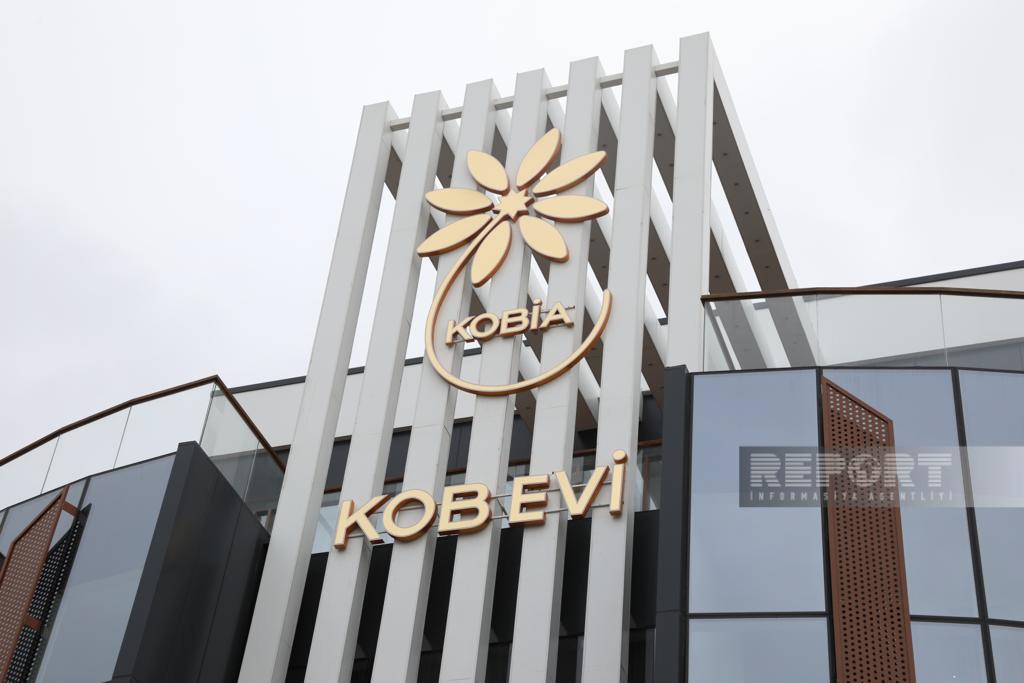
To save time and financial resources of entrepreneurs, there are also Houses of SMEs, that provde the services of the Ministry of Economy and other government departments. Entrepreneurs can receive about 200 services from government agencies and more than 100 from private companies in a single space. As a result, the indicator of satisfaction of entrepreneurs with the quality of services in these Houses is about 98%.
Well aware of the role of SMEs, the government of Azerbaijan has been implementing comprehensive measures to stimulate small and medium-sized businesses for several years.
For example, last year, micro, small and medium-sized businesses accounted for 99.9% of all concessional loans issued by the Entrepreneurship Development. Assistance is also provided to certain categories - women entrepreneurs and young businessmen, to whom the Fund allocated 13.9 million and 14 million manats, respectively, in 2022. In addition, as of today, about 90 SMEs have received the Startup certificates, which exempts entrepreneurs from income tax or income tax for a period of 3 years.
SMEs can also receive grants from the Small and Medium Business Development Agency of the Republic of Azerbaijan for the implementation of projects in the amount of up to 20,000 manats or a service for studying the domestic market. The agency can help entrepreneurs free of charge in organizing participation in international exhibitions or getting their goods on the shelves of retail chain, with an 80% discount provided for the rental of a retail outlet. In addition, 75% of the income of micro-entrepreneurs is not subject to income tax. They are also exempt from paying property tax.
Great Return
Azerbaijan has launched a historic event - the return of internally displaced persons to the areas liberated from the Armenian occupation. This process is called the Great Return.
Today, the Government of Azerbaijan continues to work at a high pace aimed at the reconstruction and revival of the liberated territories. Some 6.5 billion manats have been allocated from the state budget for these purposes over the past two years, including over 4.3 billion manats last year.
The state program of Great Return is a strategy for the recovery and return of 34,500 families by 2026. The first step was the relocation of citizens to the restored village of Agali in the Zangilan district, built on the principle of Smart Village.
The experience of the village of Agali in the introduction of "green" and digital technologies is already being applied in the second "smart village" - Dovlatyarli, located in the Fuzuli district. It is planned to install solar panels here, as well as introduce digital systems for the development of aquaculture and poultry farms.
During the restoration of the city of Shusha, the main emphasis was placed on preserving its grandiose historical heritage.
For the return of internally displaced persons to their homes, it is considered important to create a network of industrial zones and agricultural clusters in de-occupied areas, form an effective mechanism for supporting private initiatives, and build export-oriented enterprises.
As the concept of industrial parks implemented in the country justified itself, soon after the Patriotic War, the government began to create them in the liberated territories. The Aghdam Industrial Park was set up in May 2021 and the Araz Valley Economic Zone was created in October of the same year by the decree of President Ilham Aliyev. Among the projects already being implemented here are services for trucks, production of roofing, reinforced concrete and polymer products, thermal insulation panels, ventilation and fire-fighting equipment, solar-powered lighting poles, disinfectants and other products.
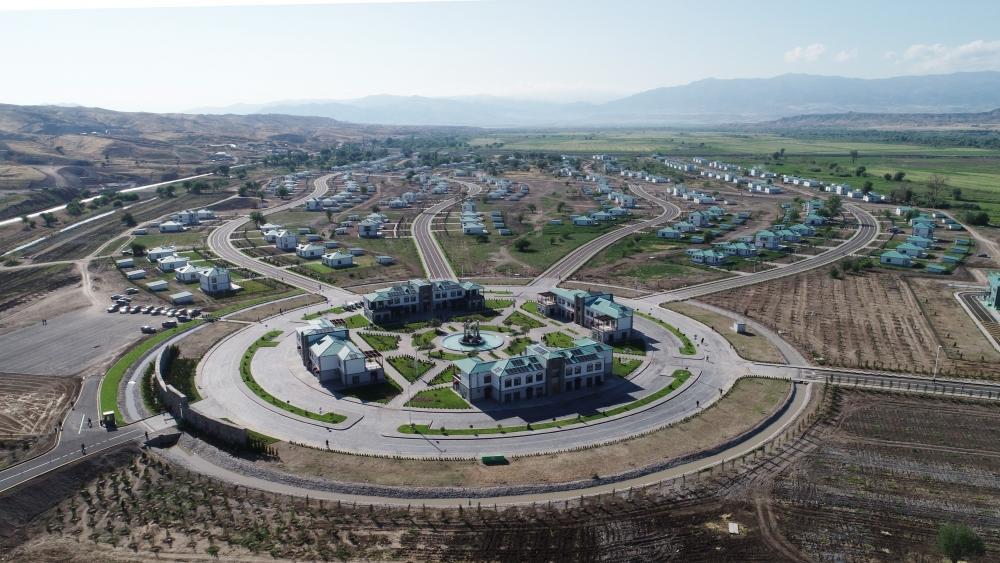
According to expectations, Karabakh’s share may reach 5-10% of Azerbaijan's non-oil economy and the region may contribute 10.4% to the country's agriculture by 2030. It is planned to develop the mining industry in Karabakh at the expense of reserves for 167 mineral resources. In particular, Kalbajar is capable of becoming the center of the mining industry in the region, owing to its Soyudlu deposit. Karabakh region may contribute up to 5.3% to Azerbaijan’s mining industry and 4.3% to processing industry.
The influence of the Karabakh region on transport services in Azerbaijan is estimated at 4.9%. Shusha will become the main engine of tourism not only in Karabakh, but also in Azerbaijan as a whole, and in the coming years it will become the cultural center of the Islamic and Turkic world, and the city of Aghdam may become the center of light industry and service in the region.
The potential of 0.5 GW of wind, 0.7 GW of hydro and 4 GW of solar energy in the Karabakh region paves the way for the transformation of the region into the "green energy" zone.
The Khudafarin, Giz Galasi, Sugovushan hydroelectric power plants, as well as small hydroelectric power plants in Kalbajar and Lachin are able to meet the primary energy needs of the Karabakh region. BP's intention to invest in "green" energy in Karabakh is an additional incentive for investments not only in alternative energy, but also in the Karabakh region as a whole
So, there is every chance of turning the region into a highly developed economic center, which means that a significant contribution will be made to the overall economic development of Azerbaijan at a new stage.


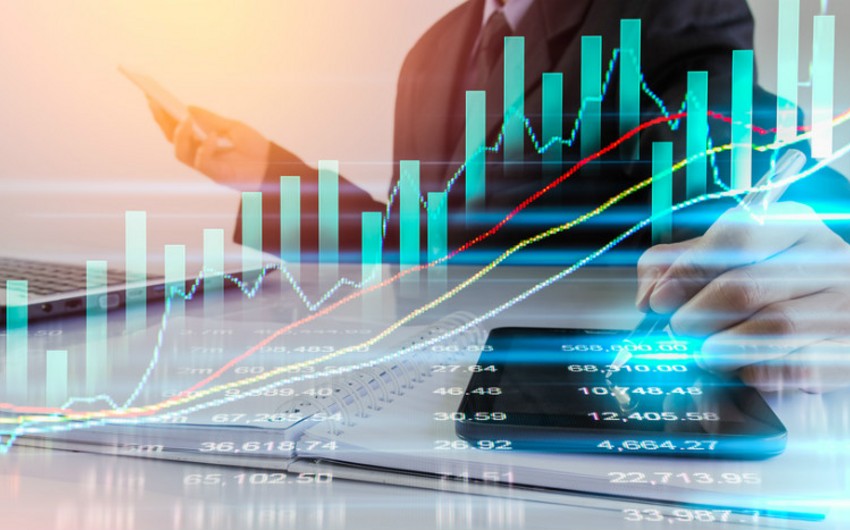 https://static.report.az/photo/39f2ae81-3690-38be-8462-8f90ff5a39c4.jpg
https://static.report.az/photo/39f2ae81-3690-38be-8462-8f90ff5a39c4.jpg

